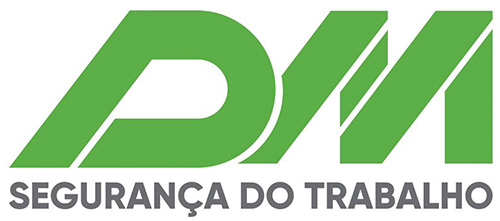Translation of Retainer Agreement: A Guide for Global Businesses
Retainer agreements are the cornerstone of many business relationships, serving as a contract between a service provider and their client. These agreements outline the terms of the engagement, including the scope of work, compensation, and other critical details. However, when working with international clients, it becomes essential to translate these agreements to ensure clear communication and protect both parties` interests.
Here are some tips for translating retainer agreements for global businesses:
1. Work with a Professional Translator
Retainer agreements are a legal document, and as such, must be translated with great care and attention to detail. Working with a professional translator with experience in legal translations is crucial to ensure accuracy and compliance with local laws and regulations. A professional translator can also help you navigate cultural nuances that may impact the agreement`s interpretation or implementation.
2. Choose the Right Language
When translating a retainer agreement, it`s essential to choose the right language for your target audience. While English may be the lingua franca of business, it doesn`t necessarily mean that your international clients will be comfortable signing a legal document in English. Consider translating the agreement into the client`s native language or a language that is commonly spoken in their country.
3. Ensure Consistency
Consistent terminology is crucial in legal translations to avoid misunderstandings and ambiguities. Ensure that key terms and phrases are translated consistently throughout the agreement. Consider creating a glossary of legal terms that can be used across all your legal documents to maintain consistency.
4. Keep it Simple
Retainer agreements can be complex, and legal jargon can be difficult to understand, even for native speakers. When translating, it`s essential to keep the language simple and straightforward. Avoid using complicated words or phrases that may be difficult to translate or understand in another language.
5. Review and Revise
Finally, it`s essential to review and revise the translated agreement carefully. Ensure that the translated document accurately reflects the original version and that all critical details have been included. Consider having a legal expert familiar with the language and laws of your target market review the translated agreement to ensure its legal validity.
In conclusion, translating retainer agreements is critical for global businesses looking to expand their reach and establish strong relationships with international clients. By working with a professional translator, choosing the right language, ensuring consistency, keeping it simple, and reviewing and revising the translated agreement, businesses can avoid misunderstandings and legal issues and maintain strong relationships with their clients.
